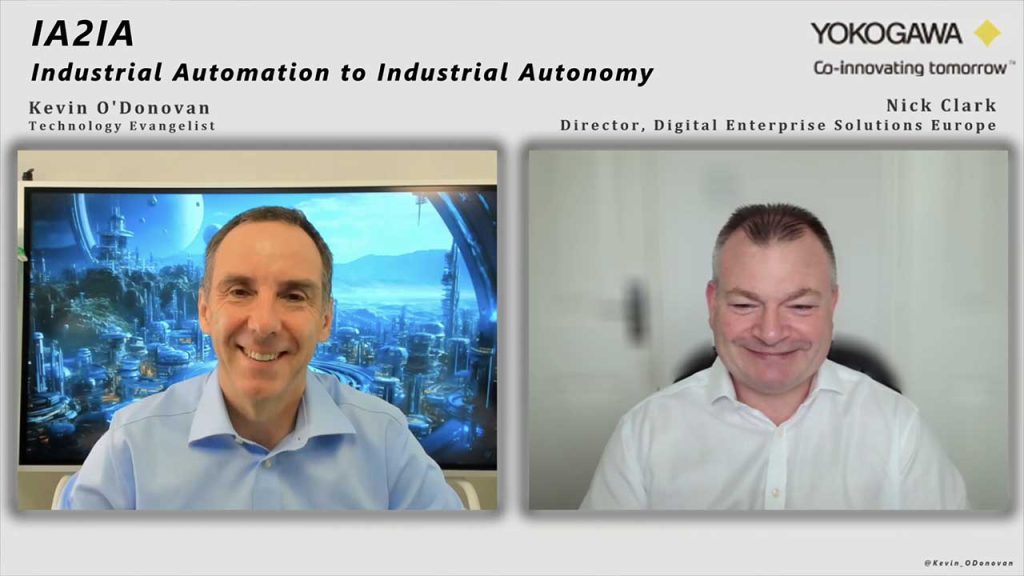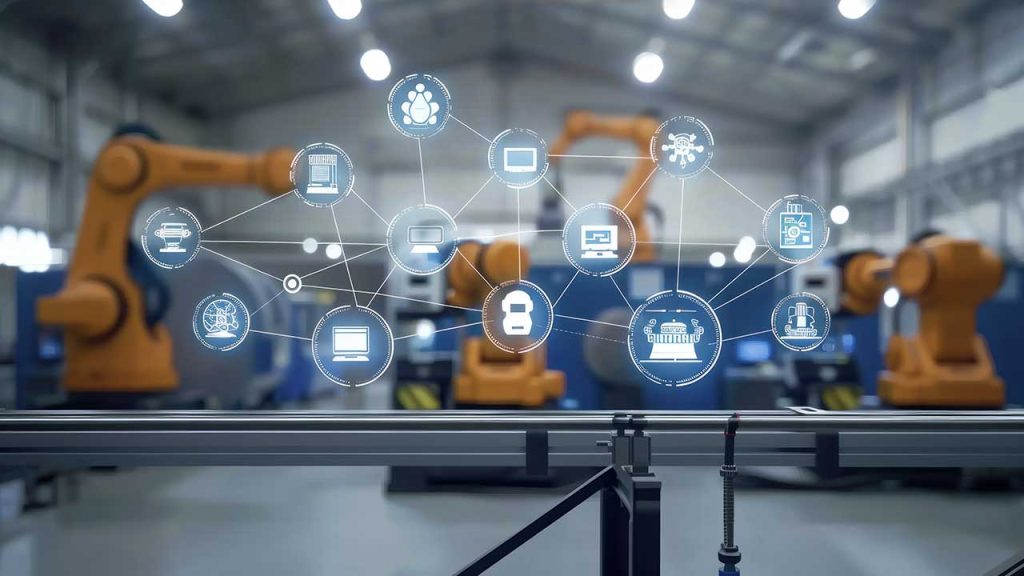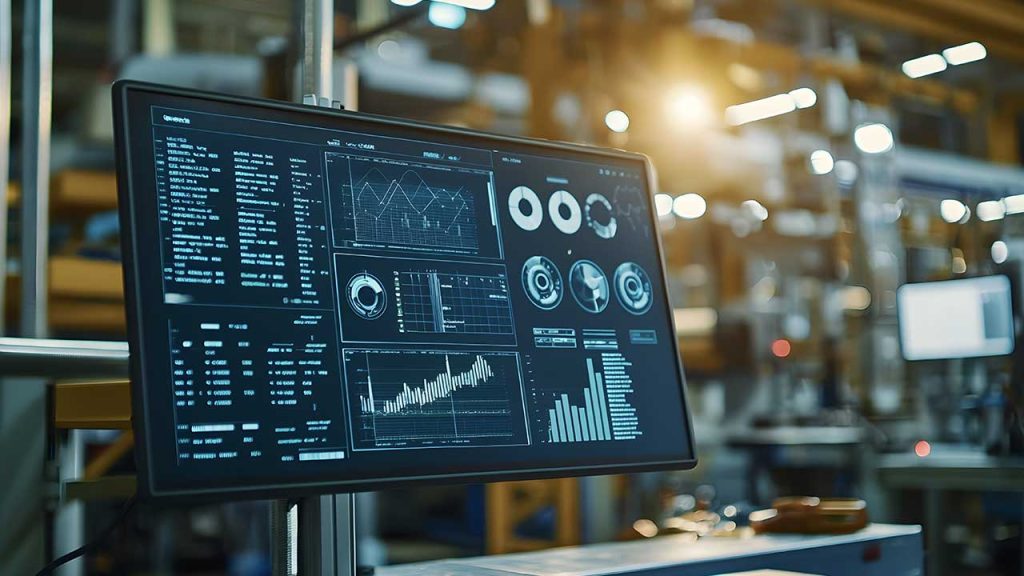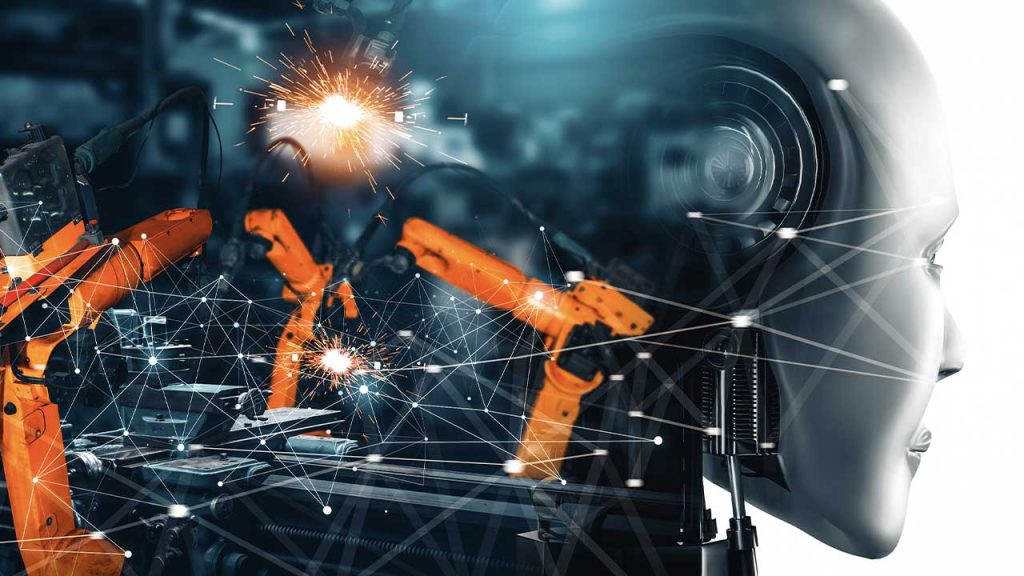From Industrial Automation to Industrial Autonomy: Yokogawa’s IA2IA Journey
In the conversation, Nick Clark from Yokogawa laid out what the transition from Industrial Automation to Industrial Autonomy — IA2IA — really means.
Industrial automation has long been about predefined processes and protocols. Plants and systems follow strict rules, but when something changes or goes wrong, human operators step in. That intervention takes time, adds cost, and often interrupts operations.
Industrial autonomy is the next step. Clark explained that it’s about applying technologies like AI, robotics, and advanced integration so that systems can adapt in real time. Instead of waiting for human input, plants can identify issues, make adjustments, and keep running. The shift is from managing problems after they occur to preventing them in the first place.
The Technology Foundation
Autonomy isn’t just a concept. The foundation is already here in the form of digitalization, robotics, and artificial intelligence. These tools allow for tighter system integration, faster response, and better optimization. A digital twin can mirror physical assets, giving operators a clearer view of what’s happening and what might happen next. AI can highlight patterns humans might miss. Robotics can take on repetitive or high-risk tasks.
Why Autonomy Matters
The move matters because it addresses real challenges. Clark noted that autonomy can:
• Improve safety by reducing the need for people to intervene in hazardous environments.
• Boost efficiency by cutting downtime and avoiding unnecessary waste.
• Support sustainability by optimizing how resources are used.
• Build resilience by enabling plants to respond quickly when conditions change.
The Human Role
Autonomy does not remove humans from the picture. Instead, it changes their role. People move from hands-on problem solving to guiding strategy, oversight, and improvement. Clark emphasized that autonomy is about giving systems the ability to manage the routine so humans can focus on higher-value work.
Looking Ahead
Clark made it clear that this is a journey. Different industries and plants are at different stages. Some are experimenting with autonomy already, while others still rely heavily on manual operations. The progress will be step by step, with existing automation enhanced by new layers of autonomy.
In short, IA2IA is Yokogawa’s roadmap to smarter, safer, and more resilient operations. The destination is not just automated plants, but truly autonomous ones that adapt and improve continuously.
This interview was recorded by Kevin O’Donovan, a member of IIoT World’s Board of Advisors.



